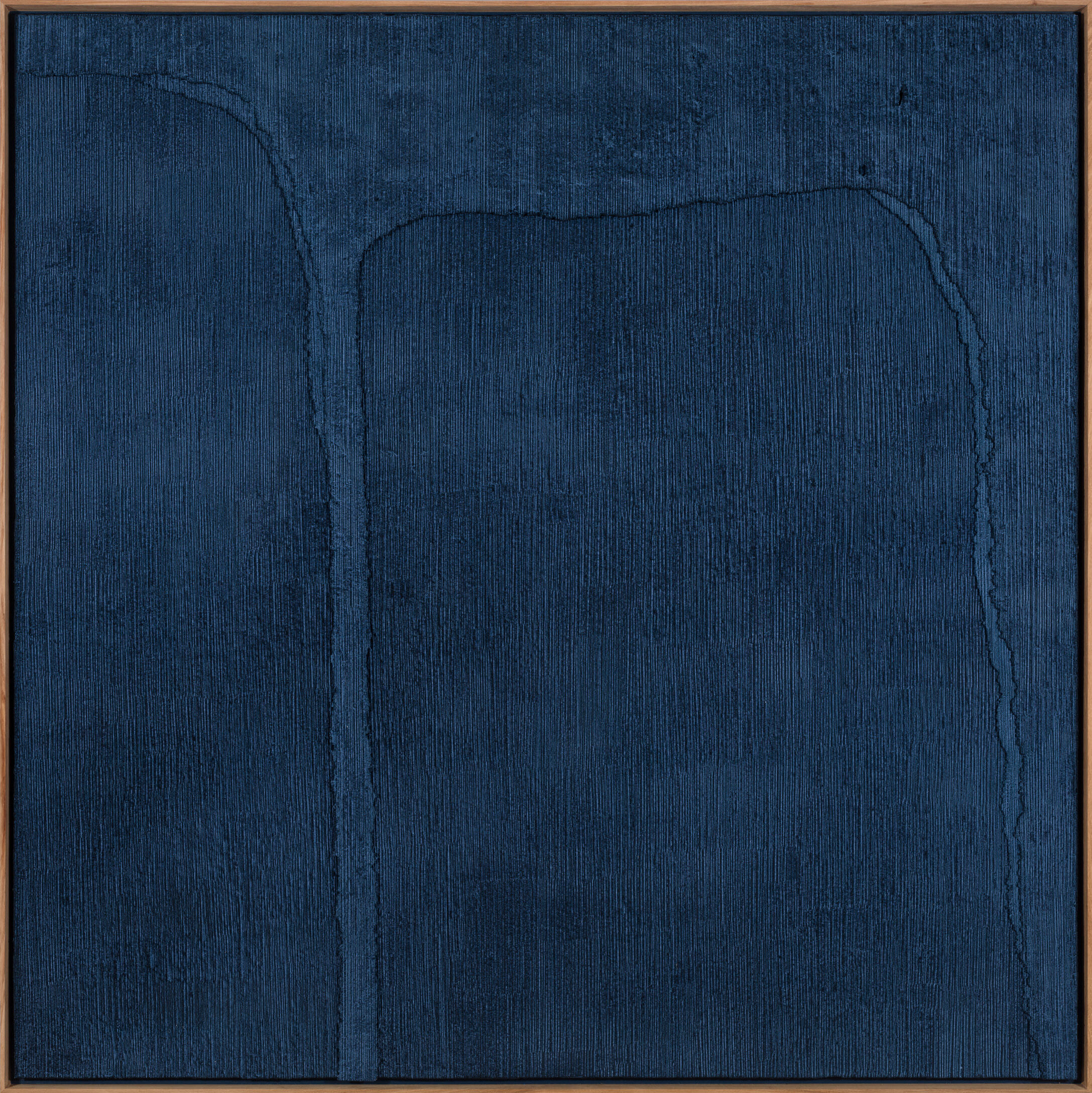ZSONAMACO
7—11 FEB 2024

FARNAZ GHOLAMI, BELLA KNEMEYER,
DALE LAWRENCE
MEXICO CITY, MX
︎
FARNAZ GHOLAMI






BELLA KNEMEYER




DALE LAWRENCE






In unpacking the words ‘generosity’ and ‘care’, tangential ideas offer themselves as similes and synonyms. That of ‘home’, in an expanded sense, has proved particularly compelling in exploring these themes, not merely as a dwelling but as an ideal: a place of inclusion, intimacy, safety and security, and family (given or chosen). This understanding of home – a place in which to rest, to be nourished, to be held, to be oneself; a place of reciprocal generosity and care – extends further considerations on the conditions necessary to establish and maintain a sense of belonging in a precarious world. The three artists proposed for this exhibition each work to transcribe something of their surroundings with close attention and slow labour.
In Bella Knemeyer’s work, the printed matter of urban life – audits, manuals, correspondence – are transformed into abstract topographies of the places from which they are sourced. Her efforts follow a circular logic: papers are torn, soaked, coloured, and remade into a new substrate. This mulched material is then worked into with tools – ‘raked’ in the artist’s words – before drying, leaving its surface striated with lines reminiscent of the rows of text that once marked them and the toilings of landscape. Knemeyer’s large-scale, tactile works offer a novel and intimate view of material places as once recalled in everyday matter and documentation.
Similarly, Dale Lawrence directly quotes his surroundings in the processes with which he works. For his series of blackened compositions, the artist produced a unique medium created from ash collected after the 2021 fire on Table Mountain, which burnt not only the mountainside but partially destroyed the African Studies library at the University of Cape Town, renowned for its special collection. Mixed with locally sourced animal fat, this ashen pigment offers reflections on the destruction of the fire and gestures to the potential for new inscriptions.
In another series, Lawrence enacts a gesture of safekeeping, wrapping discrete printed pages in layers and layers of packaging tape. The process of making is painstaking, necessitating many hours of repetitive action. Encasing each page in layers of translucent, adhesive film, the artist performs the work of preservation, that the typewritten text might be protected from any future disturbance.
In contrast to Knemeyer and Lawrence’s material pursuits, Farnaz Gholami transcribes the complexities of belonging in figurative paintings. Understandings of home, she suggests, are intricately fraught to those dislocated from their countries of origin. In hybrid images composed of disparate architectures, urban settings, and interiors, she invokes a sense of suspended in-betweenness. The resulting compositions appear disrupted and fragmented, the scenes dreamlike and unsettling.
How might one picture a home in all its manifold expressions and complexities? This question, to which the attendant themes of generosity and care are central, guides the proposed dialogue between these three practices. Can a portrait of place be composed, as Knemeyer’s works suggest, in the dispensable printed matter with which its activity is described: in countless documents, betting stubs, and bureaucratic print-outs? Can a home be found in the aftermath of destruction, Lawrence asks, or only in those things that we guard against loss? Is home geographically located or rather an amalgamation of desires and imaginings, as Gholami explores in her fractured scenes? Together, these three practitioners extend reflections on home as both place and projection in works that approach their common subject in variable registers and disparate forms.apart, repaired and metabolised.